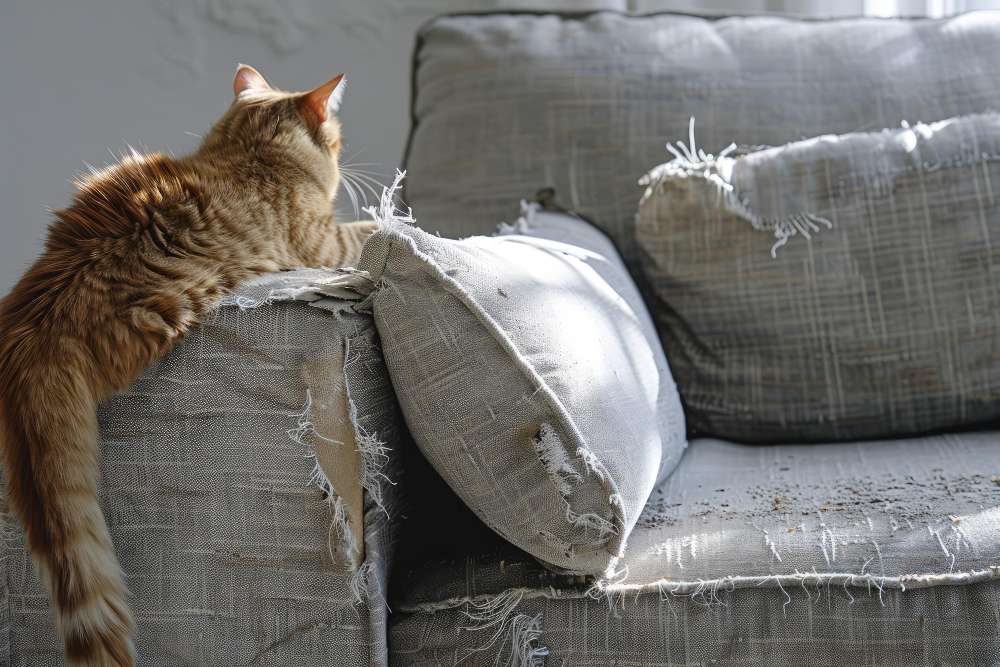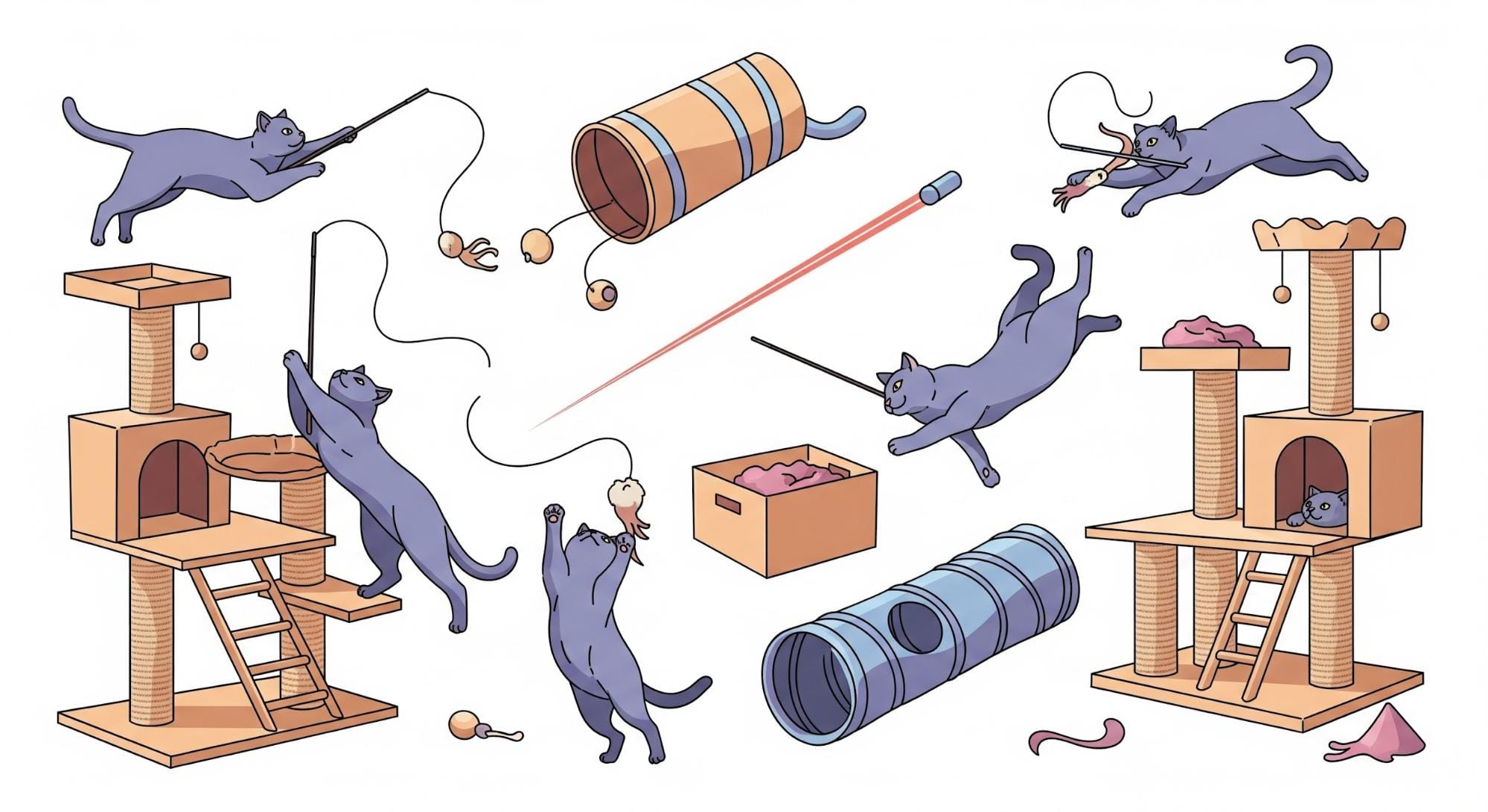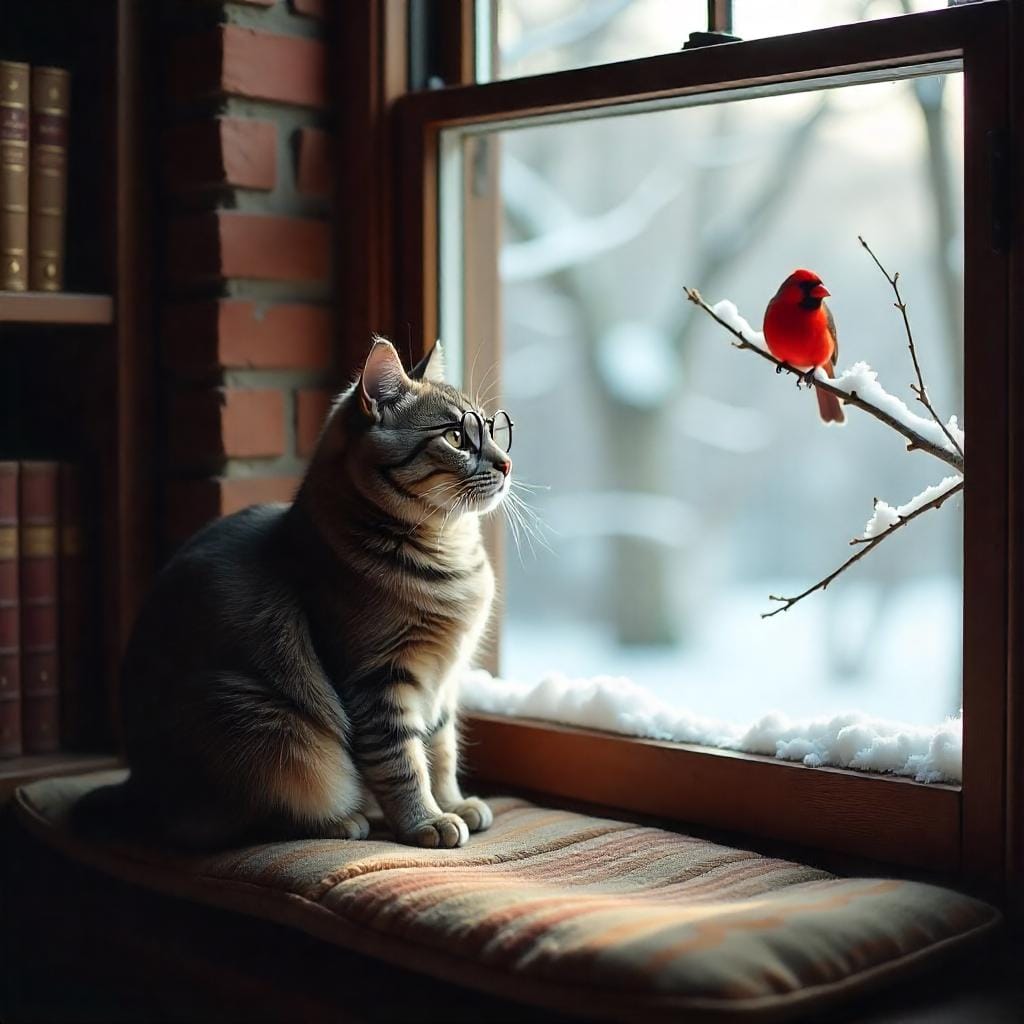Your cart is currently empty!

How to Stop Your Cat From Chewing Everything: A Complete Guide
Welcome to the Chew-Free Zone: Your Guide to Stopping Destructive Cat Chewing
Are you constantly finding frayed cords, nibbled furniture, and mysterious teeth marks around your home? You’re not alone. Many cat owners struggle with destructive chewing, especially cats chewing on cords and wires. If you’re looking to begin decoding cat chewing and ultimately, stop your cat from chewing on your belongings, this comprehensive guide is designed to help you understand why your cat engages in this behavior and, more importantly, how to stop it.
We’ll cover:
* Decoding the ‘Why’: Understanding the underlying reasons for your cat’s chewing habits.
* Identifying Targets: Recognizing common household items that cats love to chew.
* Highlighting Dangers: Understanding the potential risks to your cat’s health and your belongings.
* Implementing Solutions: Providing practical strategies to deter chewing and create a safe environment.
* Creating a Safe Space: Cat-proofing your home to minimize chewing opportunities.
Let’s dive into the first step: Understanding the ‘why’ behind your cat’s chewing.
Understanding the Nibble: Why Cats Chew and How to Decode the Behavior
To effectively address your cat’s chewing habits, we must first understand the underlying reasons behind this behavior. Decoding cat chewing involves recognizing that it’s often more than just a destructive habit; it’s a form of communication and a natural instinct.
Kitten Teething: The Early Chewing Stages
Just like human babies, kittens experience discomfort during teething. Chewing provides relief from sore gums as their adult teeth emerge. This stage is often temporary, but it can set the stage for future chewing habits if not properly managed.
Exploring the World: Play and Curiosity-Driven Chewing
Cats are naturally curious creatures, and they use their mouths to explore their environment. Chewing can be a form of play, especially for young cats. This exploratory behavior can lead them to chew on various household items, including those you’d rather they avoid.
Dental Health and Chewing: A Natural Instinct
In the wild, cats chew on bones and other tough materials to keep their teeth clean and strong. Domestic cats retain this instinct, and chewing can help maintain their dental hygiene. Providing appropriate chew toys can redirect this natural urge.
Boredom and Anxiety: When Chewing Becomes a Problem
Cats that are bored or anxious may resort to chewing as a way to release pent-up energy or stress. A lack of mental and physical stimulation can exacerbate this behavior. If your cat is consistently chewing, it might be a sign they need more enrichment in their environment.
Rare Cases: Nutritional Deficiencies and Pica
In rare cases, cats may chew on non-food items due to nutritional deficiencies or a condition called pica. Pica is the compulsive eating of non-nutritive substances. If you suspect your cat has pica, consult your veterinarian for a thorough examination.
Understanding these underlying reasons is crucial for effectively addressing your cat’s chewing behavior. Now that we’ve explored the ‘why,’ let’s delve into the common items that fall victim to those sharp teeth.
Common Chewing Targets: From Cords to Furniture, What Cats Love to Nibble
Now that we’ve explored the reasons behind your cat’s chewing behavior, it’s time to identify the common targets of their oral exploration. Understanding what attracts your cat’s attention can help you take preventative measures and protect your belongings.
The Danger Zone: Cats Chewing on Cords and Wires
One of the most concerning chewing habits is cats chewing on cords and wires. The texture of electrical cords can be appealing, but the risks are significant. Electrical shock, burns, and even fires are potential dangers. It’s crucial to take immediate steps to protect your cat and your home from this hazardous behavior.
Furniture Fray: Protecting Your Home’s Investments
Furniture legs, fabric, and upholstery are also common targets. Cats may chew on these items for various reasons, including boredom, anxiety, or the texture of the material. This behavior can lead to costly damage and frustration.
Plant Peril: Identifying and Avoiding Toxic Greens
Indoor plants can add beauty to your home, but many are toxic to cats. Cats may instinctively chew on plants, so it’s essential to identify and remove any potentially harmful species. Researching cat-safe plants is crucial to avoid plant related poisoning.
Fabric and Clothing: The Appeal of Textures
Cats are often drawn to the textures of fabrics and clothing. Wool, cotton, and other materials can provide a satisfying chewing experience. However, ingesting fabric can lead to intestinal blockages, posing a serious health risk.
Plastic Temptations: Why Certain Plastics Attract Cats
Some cats are attracted to the texture and even the taste of certain plastics. Plastic bags, containers, and toys can become chewing targets. Ingesting plastic can cause digestive problems and pose a choking hazard.
The damage caused by chewed items extends beyond the objects themselves; it can pose significant health risks to your feline friend. Let’s explore the dangers associated with your cat’s chewing habits.
The Dangers of Chewing: Protecting Your Cat From Harmful Habits
While some chewing behavior may seem harmless, it can pose significant dangers to your cat’s health and well-being. Understanding these risks is crucial for taking proactive steps to protect your furry friend.
Electrical Shock: The Real Risk of Chewing Wires
As mentioned earlier, cats chewing on cords and wires creates a severe risk of electrical shock. Even a small jolt can cause burns, seizures, or even death. The danger is very real, and preventative measures are essential.
Poisoning Hazards: When Plants and Substances Become Toxic
Many household plants and substances are toxic to cats. Ingesting these items can lead to poisoning, resulting in symptoms ranging from vomiting and diarrhea to organ damage and death. Knowing which plants and substances to avoid is vital.
Obstruction Risks: The Dangers of Ingested Fragments
When cats chew on items, they often ingest small fragments. These fragments can cause intestinal blockages, which are potentially life-threatening. Surgery is often required to remove obstructions, making prevention crucial.
Damage and Destruction: The Cost of Unchecked Chewing
Beyond the health risks, unchecked chewing can lead to significant damage to your belongings. Furniture, carpets, clothing, and other items can be ruined, resulting in costly repairs or replacements.
Thankfully, there are many effective strategies to curb this behavior and keep your cat safe. Let’s explore practical solutions to address your cat’s chewing habits.
Effective Chewing Solutions: How to Stop Your Cat From Chewing Everything
Now that we understand the dangers of chewing, let’s explore practical and effective solutions to curb this behavior. Implementing these strategies will help protect your cat and your home.
Environmental Enrichment: Creating a Chew-Friendly Space
Providing a stimulating environment is crucial. Offer a variety of chew toys with different textures and shapes. Rotate these toys regularly to keep your cat interested. Scratching posts and climbing trees also provide alternative outlets for their natural instincts.
Cord Protection Strategies: Safeguarding Your Electronics
For ‘cats chewing on cords and wires,’ cord protectors are essential. These protective sleeves prevent your cat from accessing the wires. Bitter apple spray, a pet-safe deterrent, can also be applied to cords. Ensure all cords are tucked away and out of reach.
Plant Safety Measures: Keeping Toxic Plants Away
Remove all toxic plants from your home. Research cat-safe alternatives like cat grass, which provides a healthy chewing outlet. Place plants out of reach.
Deterrent Techniques: Using Safe and Effective Repellents
Double-sided tape can be applied to furniture to deter chewing. Citrus sprays, which cats generally dislike, can also be used. Always ensure any deterrent is pet-safe.
Training and Positive Reinforcement: Encouraging Good Behavior
When you catch your cat chewing on an inappropriate item, redirect their attention to a chew toy. Reward them with treats and praise when they chew on appropriate items. Consistency is key.
The Power of Play: Exercise and Mental Stimulation
Regular play sessions can help alleviate boredom and anxiety, reducing the urge to chew. Interactive toys and games provide mental and physical stimulation.
Professional Guidance: When to Consult a Vet or Behaviorist
If your cat’s chewing is excessive or persistent, consult your veterinarian or a certified animal behaviorist. They can rule out medical issues and provide tailored advice.
Creating a safe and secure environment is paramount in preventing chewing and promoting your cat’s well-being. Let’s delve into strategies for cat-proofing your home.”
Creating a Safe Environment: Cat-Proofing Your Home
Creating a safe and stimulating environment is crucial for preventing destructive chewing. By cat-proofing your home, you can minimize chewing opportunities and promote your cat’s well-being.
Identifying and Eliminating Chewing Hazards
Start by identifying potential chewing hazards in your home. This includes electrical cords, toxic plants, and any small items that could be ingested. Secure or remove these hazards. Use cord protectors, relocate plants, and keep small objects out of reach. Regularly inspect your home for new hazards.
Providing Safe and Engaging Alternatives
Offer a variety of safe and engaging alternatives to chewing. This includes chew toys, scratching posts, and interactive toys. Rotate these items regularly to keep your cat interested. Provide cat grass as a safe plant chewing option. Create vertical space with cat trees and shelves to add mental stimulation.
Regular Inspections and Maintenance
Regularly inspect your home for signs of chewing damage. Check cords, furniture, and plants for new nibble marks. Maintain the condition of your cat’s toys and replace any that are damaged or worn. Regularly clean and organize your home to reduce potential chewing targets.
With consistency and patience, you can cultivate a harmonious home for both you and your feline friend. Let’s wrap up with a summary of key points.
Conclusion: A Happy Home, Free From Chewing Woes
Successfully decoding cat chewing and implementing strategies to stop your cat from chewing requires patience and consistency. By understanding the reasons behind your cat’s chewing behavior, you can take proactive steps to protect your home and your furry friend.
Remember to provide environmental enrichment, protect cords, remove toxic plants, use deterrents, and reinforce positive behavior. Creating a safe and stimulating environment reduces the urge to chew inappropriate items.
If chewing persists, don’t hesitate to consult your veterinarian or a certified animal behaviorist. They can provide tailored advice and rule out any underlying medical issues.
With dedication and a proactive approach, you can create a harmonious home where your cat is happy, healthy, and free from destructive chewing habits.






